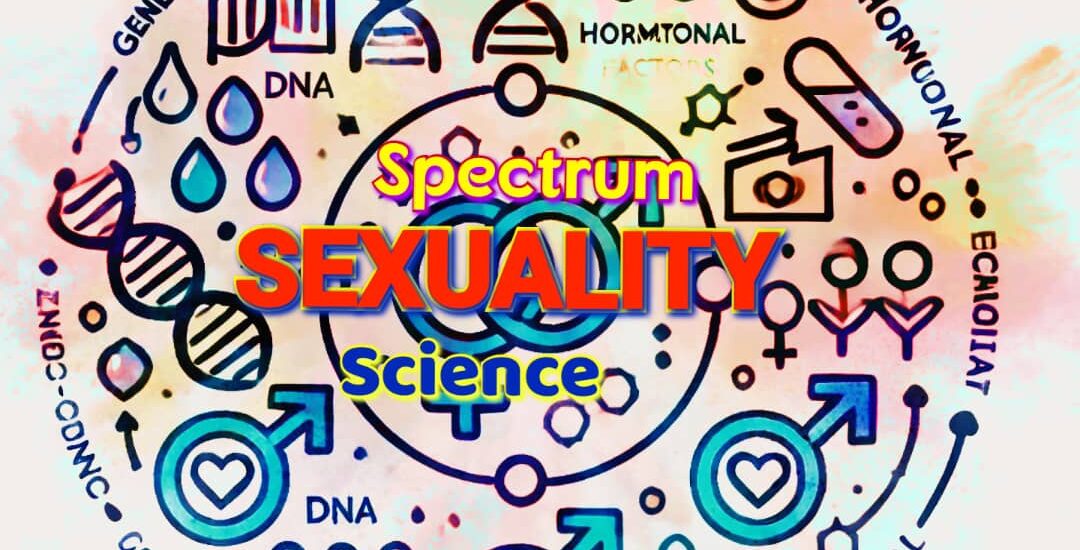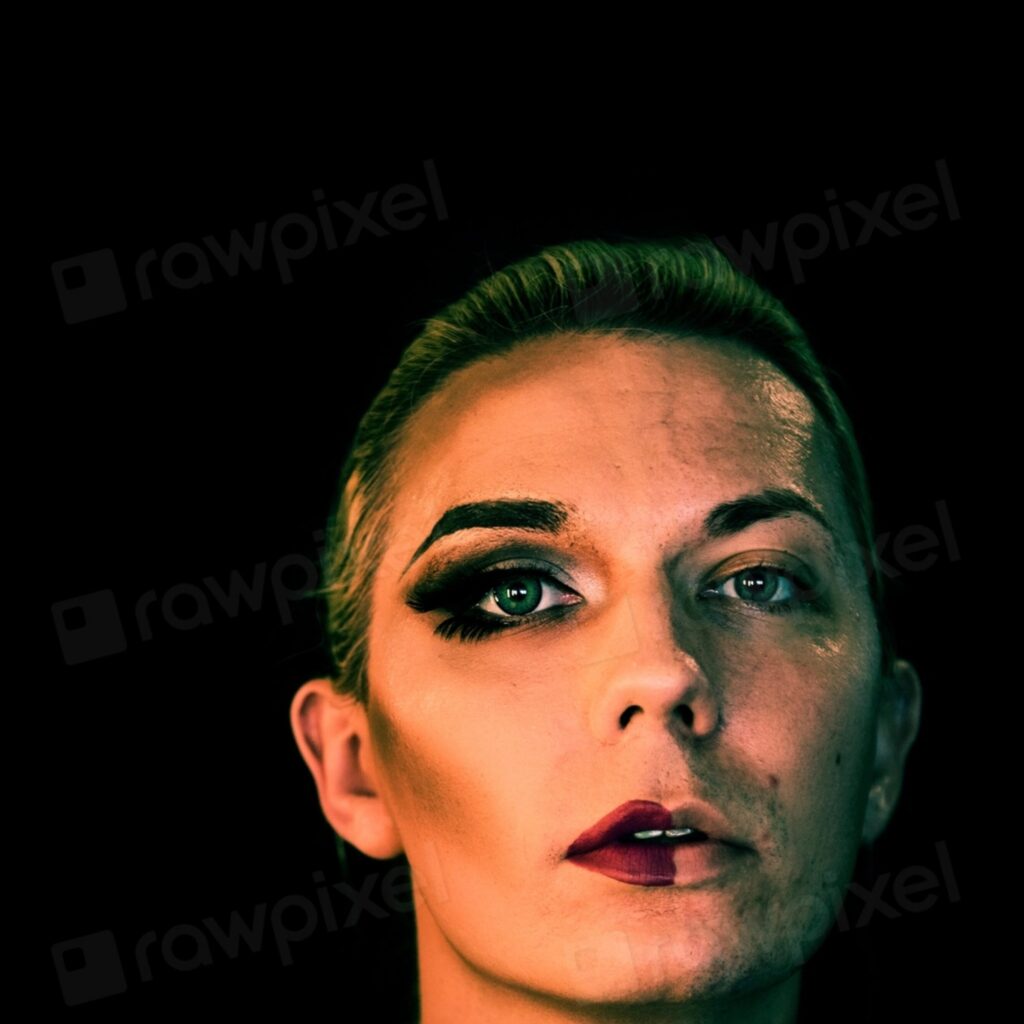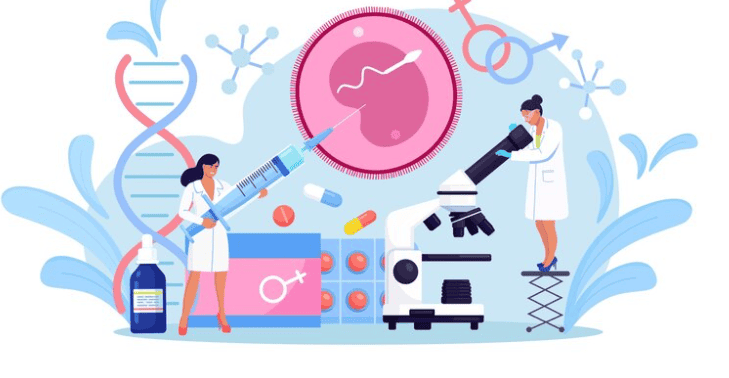- July 12, 2024
- Posted by: Viacame Communication
- Categories: Advocacy, Education, Gender

SEXUALITY has captivated and confounded humanity for generations. From the biological underpinnings that shape our sexual orientation to the intricate dance of desire and intimacy, the mysteries of sexuality persistently intrigue and inspire research, art, and dialogue. This exploration delves into the essential elements that render sexuality such a fascinating and enigmatic realm.
Spectrum of sexuality
the mysteries of sexuality continue to intrigue and inspire research, art, conversation and intelligent debates. In this exploration, we will delve into some of the key aspects that make sexuality such a rich and enigmatic domain. One of the fundamental mysteries of sexuality lies in its fluidity and diversity. While some individuals may experience a clear and unwavering sexual orientation from a young age, others may find themselves navigating a more nuanced and shifting landscape of desire. The reasons behind these variations are still being studied and debated by researchers, with factors ranging from genetics and hormones to spectrums and societal influences and personal experiences playing a role in shaping our sexual identities
Spectrum of sexuality
Historically, sexuality was viewed in binary terms as heterosexual or homosexual. Contemporary understandings recognise it as a diverse and fluid spectrum, ranging from heterosexuality to homosexuality, with identities like bisexual, pansexual, and asexual in between. The Kinsey Scale, developed by Alfred Kinsey, illustrates sexuality as a continuum, highlighting its variability and fluidity. Psychologist Lisa Diamond’s research on sexual fluidity further shows that sexual attractions can change over time, emphasising that sexuality is not fixed. The LGBTQ+ acronym reflects a wide range of identities, underscoring the diversity and inclusivity of sexual orientations and gender identities. Viewing sexuality as a spectrum acknowledges the complexity and uniqueness of individual experiences, moving beyond rigid categories and celebrating the richness of personal self-discovery and expression.

Unlocking the Biological Mysteries of Sexuality
Historically, sexuality was viewed in binary terms as heterosexual or homosexual. Contemporary understandings recognise it as a diverse and fluid spectrum, ranging from heterosexuality to homosexuality, with identities like bisexual, pansexual, and asexual in between. The Kinsey Scale, developed by Alfred Kinsey, illustrates sexuality as a continuum, highlighting its variability and fluidity. Psychologist Lisa Diamond’s research on sexual fluidity further shows that sexual attractions can change over time, emphasising that sexuality is not fixed. The LGBTQ+ acronym reflects a wide range of identities, underscoring the diversity and inclusivity of sexual orientations and gender identities. Viewing sexuality as a spectrum acknowledges the complexity and uniqueness of individual experiences, moving beyond rigid categories and celebrating the richness of personal self-discovery and expression.

word debate discussing whether sexuality is a spectrum or a biological concept:
The debate over sexuality being a spectrum or a biological concept is a complex and multifaceted issue that has been the subject of much discussion and controversy in recent years.
On one side of the debate are those who argue that sexuality is a spectrum, meaning that it is not limited to just two categories of male and female, but instead exists along a continuum with a wide range of possible identities and expressions.
On the other side are those who believe that sexuality is primarily a biological concept, rooted in genetic and hormonal factors that determine an individual’s sexual orientation and identity.
n individual’s sexual orientation and identity.
Supporters of the spectrum view of sexuality often point to the diversity of human experiences and identities as evidence that traditional binary understandings of sexuality are too simplistic and limiting. They argue that individuals can experience attraction and desire in a variety of ways that may not fit neatly into categories of heterosexual or homosexual, male or female. By recognizing sexuality as a spectrum, they say, we can create a more inclusive and accepting society that respects and celebrates the full range of human diversity.
On the other hand, proponents of the biological concept of sexuality emphasize the role of genetics and biology in shaping an individual’s sexual orientation and identity. They argue that there is strong evidence to suggest that factors such as genetics, hormones, and brain structure play a significant role in determining whether a person is attracted to individuals of the same or opposite sex. From this perspective, sexual orientation is seen as a natural and innate trait that is largely determined by biological factors beyond an individual’s control.
Supporters of the spectrum view often argue that individuals should have the freedom to explore and express their sexuality in ways that feel authentic to them, regardless of societal expectations or norms. They believe that by acknowledging the fluidity and complexity of human sexuality, we can create a more inclusive and equitable society that values diversity and individual autonomy.
Proponents of the biological concept of sexuality argue that sexual orientation is innate and unchangeable, supported by research indicating its stability over time. They believe attempts to alter or suppress sexual orientation are not only ineffective but also harmful, potentially causing psychological distress and emotional turmoil.
Another point of contention in the debate over sexuality is the role of social and cultural factors in shaping individual identities and experiences. Supporters of the spectrum view argue that societal attitudes and expectations can have a profound impact on how individuals understand and express their sexuality. They point to how cultural norms and stereotypes can influence how people see themselves and their place in the world, shaping their understanding of what it means to be male, female, or somewhere in between.
The biological concept of sexuality highlights that sexual orientation results from a complex interplay of genetic, hormonal, and environmental factors. They assert that while social and cultural influences shape the experience of sexuality, biology ultimately determines sexual orientation and identity. Therefore, promoting acceptance and understanding of diverse sexualities should be based on recognizing these biological foundations.

Highlighting the complex interplay between biology, culture, and individual experience in shaping our sexual identities. The mysteries of sexuality also extend to the realm of desire and arousal. What ignites our passions and stirs our senses remains a topic of fascination and exploration for scientists, psychologists, and artists alike. From the subtle cues that signal attraction to the profound connections forged through intimacy, the landscape of desire is as vast and varied as the human experience itself. Furthermore, the mysteries of sexuality encompass not only individual experiences but also how these experiences are shared and understood within society. Taboos, stigmas, and misconceptions surrounding sexuality have long shaped the discourse around this topic, leading to a complex interplay of shame, desire, and liberation. By challenging these cultural norms and fostering open and honest conversations about sexuality, we can begin to unravel some of the mysteries that have long shrouded this vital aspect of human experience
In a nutshell, the debate over whether sexuality is a spectrum or a biological concept is a complex and contentious issue that raises important questions about the nature of human identity and experience. While both sides of the debate bring valuable insights and perspectives to the table, I must admit that even though I believed sexuality was a spectrum beyond human comprehension, the truth may lie somewhere in between, with sexuality being shaped by a combination of genetic, hormonal, and psychological factors. By approaching this issue with an open mind and a willingness to engage in respectful dialogue, we can work towards a more inclusive and equitable society that celebrates the rich diversity of human sexuality.

mIwFHhKsSkxMQ
ces tres bien
great job guys